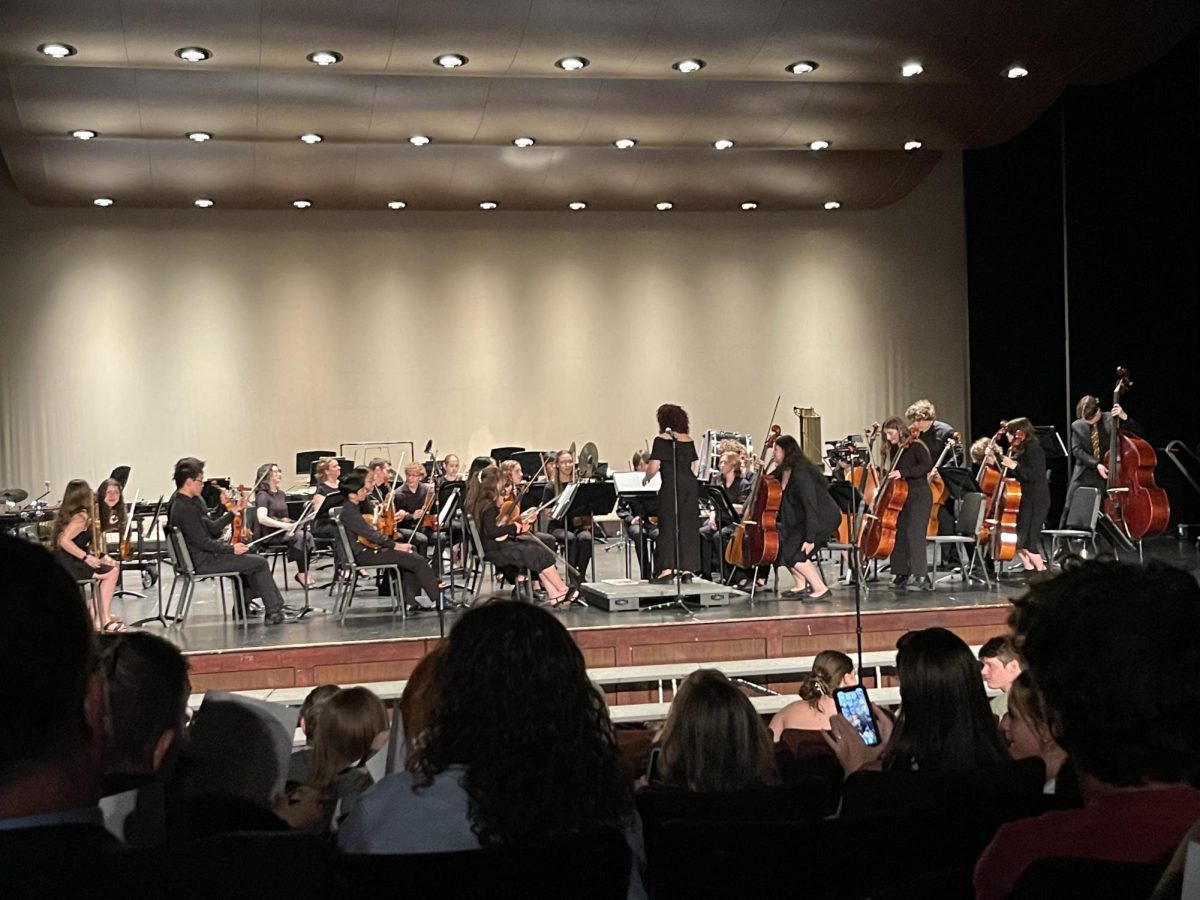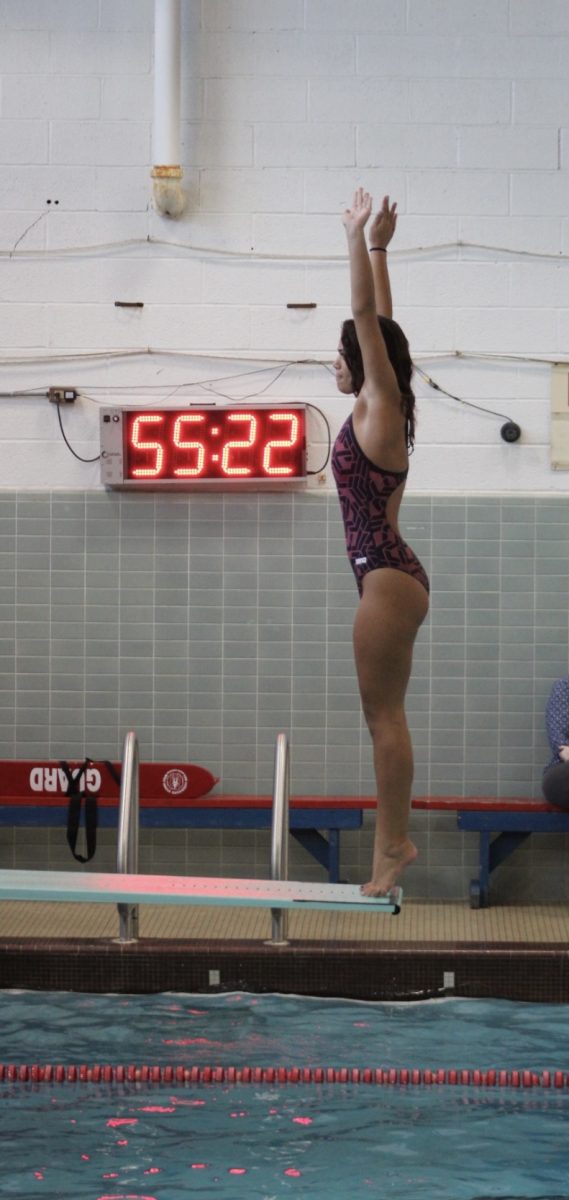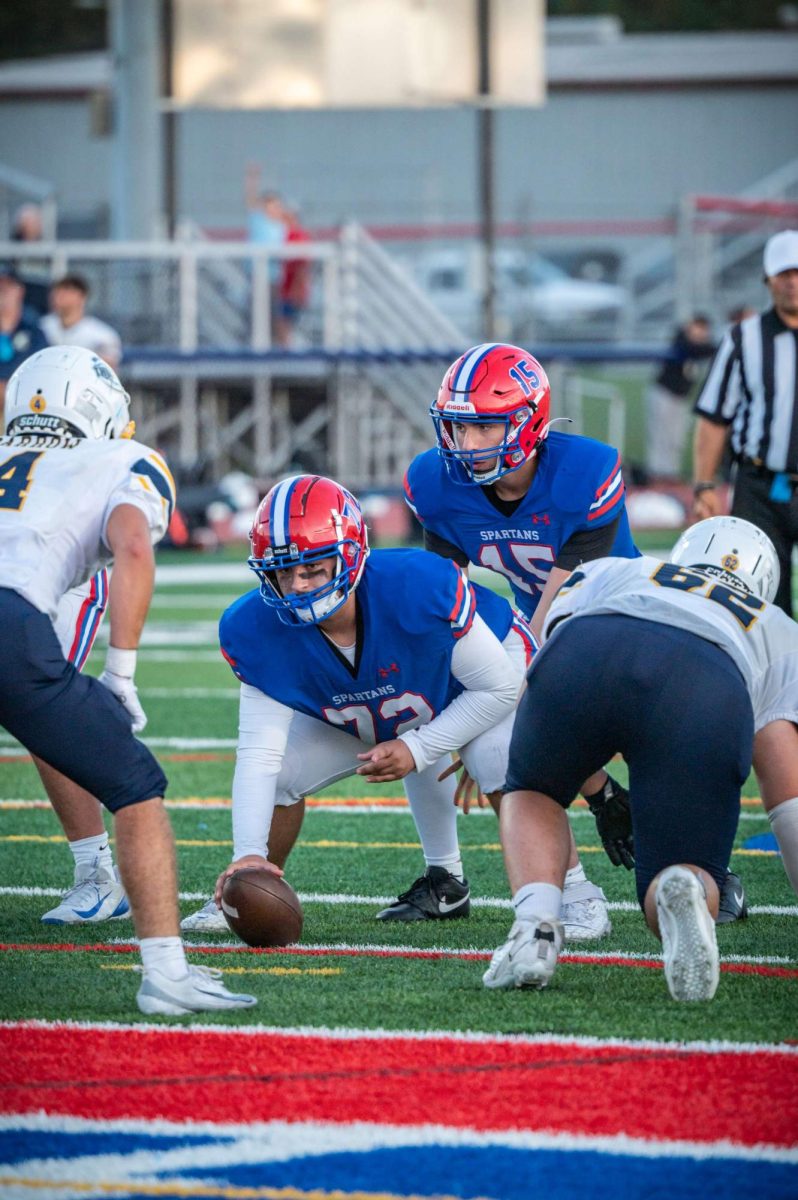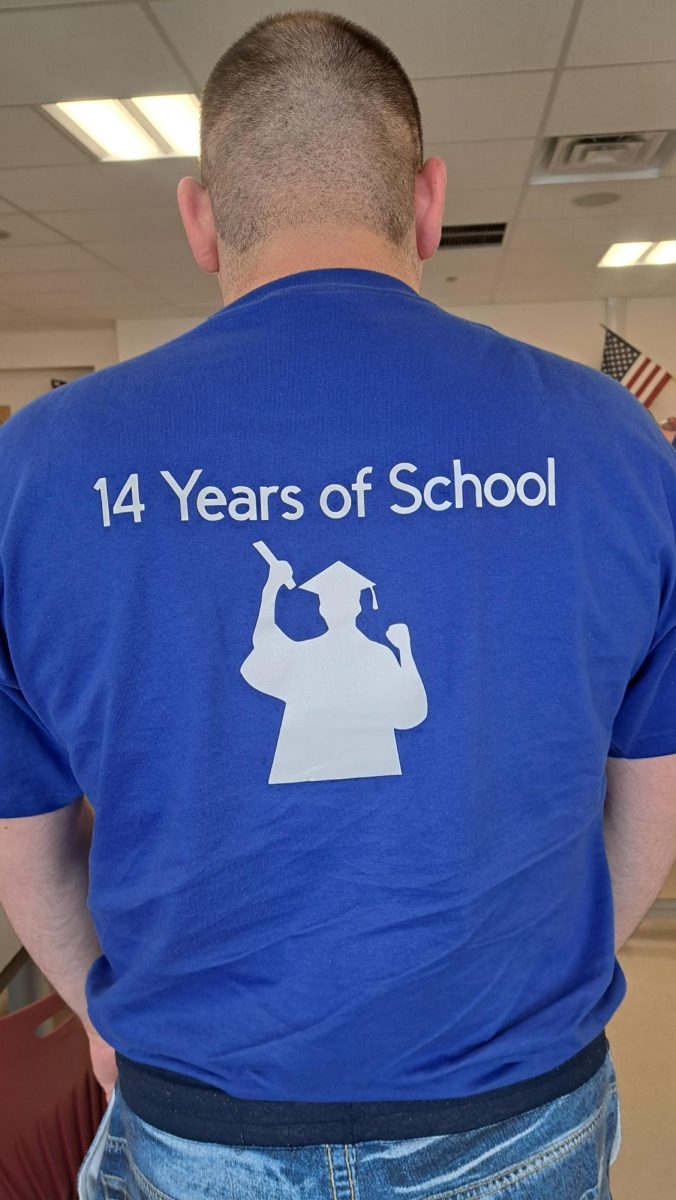Posters hanging on the wall, kids walking around with jerseys, club meeting times on the announcements. Wherever you go, you can’t escape clubs—but are they worth it?
It’s very common to get told to join a club or sport that the school offers because people claim it will look good to colleges, improve your social skills, or help you meet new people. However, clubs and sports can take up a lot of time and money, requiring you to learn how to manage your work and dedicate hours or days to one thing. It makes you question if they’re even worth it, especially if these benefits aren’t true.
One reason a lot of people join extracurricular activities is to spice up a college application, but do college officials even look at that?
According to the Big Future College Board, clubs can show that you are a good communicator, what your interests are, and who you are beyond the classroom: “High school is a time to try new things, learn new skills, and develop new passions. While grades and test scores are important, colleges also want to see the person you’re becoming and the skills you’ve learned outside of class. They want to know what makes you unique, and the extracurricular activities you participate in will help you stand out.”

People also bring up the mental, social and emotional benefits. I asked Mrs. Randall, a PE teacher at the high school, about the students’ behavior in sports she coaches.
“I see many changes in students’ behaviors with extracurricular activities. Students are more engaged in those extra activities because of their interests in that activity. They are more social with other students, and much less stressed in school because the students have something to look forward to. Also, students with common interests are more likely to engage more with those students in and out of school.”
The National Center of Biotech Information conducted an experiment to understand the mental health of students in activities.
“Participation in team sport compared to non-sport participation was associated with 10% lower anxious/depressed scores, 19% lower withdrawn/depressed scores, 17% lower social problems scores, 17% lower thought problems scores, and 12% lower attention problems scores. Participation in team sport compared to non-sport participation was also associated with 20% lower rule-breaking behavior scores for females (compared to males). Conversely, participation in individual sport compared to non-sport participation was associated with 16% higher anxious/depressed scores, 14% higher withdrawn/depressed scores, 12% higher social problems scores, and 14% higher attention problems scores. Participation in both team and individual sport compared to non-sport participation was associated with 17% lower rule-breaking behavior scores for females (compared to males),” the study reports.
Overall participation in sports is shown to lower depression, anxiety, and rule-breaking behavior.
Of course, there are also reasons why some people don’t join clubs and sports.
DJ Atkinson, a junior, explained, “I don’t do sports or clubs generally because of a lack of motivation, which is caused by I don’t like a lot of people involved. For clubs that meet during lunch, I would rather eat lunch. For after school activities, I’d rather be home because I’m tired and I have a life outside of school.”
Extracurricular activities do take a lot of motivation, and it’s hard to convince yourself to join or participate in one if you only want to join to look good on an application. As great as clubs and sports may be for mental health, they are also very taxing, and not everyone is in the right place mentally to take on extracurriculars.
Mrs. Lotyczewski, a music teacher at New Hartford, agrees with Mrs. Randall but also recognizes when clubs may not be the best option.
“In my experience, extracurricular activities are what kids are most looking forward to in the school day. A better way to phrase that would be that students are more socially focused on their extracurricular activities. For many students, this is when the typical educational formula is broken down and they are allowed to learn or interact differently. They are typically happier and seem lighter,” Mrs. Lotyczewski said. She explained why some students choose not to join clubs. “We all have moments or periods where we mentally or physically cannot handle more. If you are struggling to keep up with what I call “survival mode” (getting out of bed, making it to school, keeping everything as on track as possible), then you may want to reconsider joining.”
Money can also be a factor. In club sports, there is usually an entrance fee to join, plus money for trips or away competitions, plus spending money for every competition. In a normal marching band competition, for example, 10 to 20 dollars is the standard amount of cash students spent on food concessions after the performance. That’s 10 to 20 dollars every weekend for about two months. That’s at least 80 dollars on food alone.
Overall, clubs and sports are beneficial only if you are in the right place emotionally and financially to handle it. Don’t join an activity if you can barely handle the stress of everyday life because your mental health matters more than spicing up a résumé. If you do have the time and mentality to join a club, however, you absolutely should, because the friends you make and the places you go will make everything worth it in the end.































